The Evolution of Soundscape and Smellscape in the Age of Globalization
Introduction
In an era marked by globalization, the sensory landscapes of our cities – specifically their soundscapes and smellscapes – have become rich tapestries reflecting diverse cultural influences. Humans have navigated their environments and experiences for millennia through the nuanced perceptions of sound and smell. These sensory dimensions not only inform our understanding of space but also shape our sense of belonging and identity. This essay delves into the intricate roles of sound and smell within urban contexts, emphasizing how immigration, a byproduct of globalization, reshapes these sensory realms. Focusing on cosmopolitan metropolises like Berlin, this research investigates the multi-sensory quality of urban spaces, exploring the profound impact of immigration on their soundscapes and smellscapes.
The Role of Sound and Smell in Urban Spaces
The sensory experience of an urban environment is a complex interplay of various elements, among which sound and smell play pivotal roles. Historically, human survival and social interactions have been deeply intertwined with our ability to perceive and interpret these sensory cues. In the urban context, sound and smell go beyond mere environmental factors; they transform into cultural objects, embodying the essence of urban life.
Soundscapes and smellscapes in cities are not static; they are dynamic and ever-evolving, shaped by their inhabitants' daily activities and interactions. These sensory elements provide a unique lens through which the identity and culture of a city can be understood. They are not just passive backgrounds but active participants in the narrative of urban life, contributing to the sense of place and belonging that individuals experience.
In exploring urban soundscapes and smellscapes, this project seeks to unravel how these sensory dimensions are influenced by cultural practices, social interactions, and, notably, immigration. The influx of diverse populations brings new sounds and smells, altering the existing sensory tapestry of the city. While subtle, this change has profound implications for how urban spaces are experienced and perceived by both long-term residents and newcomers.
Immigration and Sensory Change
The phenomenon of immigration introduces a significant shift in the sensory landscapes of urban environments. This transition often represents one of the most challenging aspects for immigrants, as they lose familiar sensory perceptions. Uprooted from their native contexts, immigrants are immersed in unfamiliar soundscapes and smellscapes, which can profoundly affect their sense of belonging and identity.
Immigration leads to a sensory metamorphosis within cities. Unlike visual stimuli, which can be selectively engaged with, the auditory and olfactory experiences are continuous and pervasive. The sounds and smells of a town penetrate our consciousness, shaping our experiences and interactions within these spaces. This constant immersion in new sensory environments can be disorienting for immigrants as they navigate the unfamiliar vibrations and aromas that now surround them.
Each city possesses a unique sensory identity, a combination of sounds and smells shaped by its cultural practices and lifestyle. However, the influx of immigrants introduces new elements into this sensory mix. The sounds of different languages, music, and cultural practices, along with the aromas of diverse cuisines and lifestyles, weave into the existing urban tapestry, transforming it subtly yet significantly.
This composition explores these transformations, focusing on how immigration reshapes the sensory landscapes of cities. It examines how these changes impact not only the immigrants but also the native inhabitants, altering the collective experience of the urban environment.
Personal Journey and Methodology
As an Iranian musician and sound artist, my journey into exploring urban soundscapes and smellscapes is both professional and deeply personal. Having witnessed the migration of close friends and family to Western countries, I have become acutely aware of the sensory dissonance accompanying such transitions. This project is not just an academic endeavor but a quest to understand identity and belonging in metropolitan cities through the lens of sound and smell.
My approach to this research is rooted in my experiences and observations. I engage with the cities as a sonic observer, listening to the anthropophony – the sounds made by humans – and exploring how immigration impacts these urban soundscapes and smellscapes. This exploration extends beyond mere observation; it involves active engagement with immigrants, listening to their stories, and understanding their struggles adapting to new sensory environments.
The project began as a broader study of migrants' experiences but gradually became more autobiographical after my relocation to Germany. This shift has allowed me to delve deeper into the nuances of sensory adaptation, exploring my fears and curiosities and finding familiarity in a new urban soundscape and smellscape.
I aim to capture how sound and smell function as cultural objects within urbanism through this personal and immersive approach. This involves assessing the multi-sensory quality of urban spaces and determining the transformative effects of immigration on the sensory identity of cosmopolitan metropolises like Berlin.
Theoretical Framework
The theoretical underpinnings of this research draw upon a range of concepts and ideas related to soundscapes and smellscapes. Central to this exploration is the notion articulated by Brandon LaBelle that sound "performs with and through space." Sound navigates geographically, reverberates acoustically, and structures socially. It amplifies, silences, contorts, and distorts, interacting with architecture and space in complex ways. This perspective is crucial in understanding how soundscapes in urban environments are not merely background noise but active elements that shape social interactions and cultural dynamics.
Similarly, the concept of the smellscape, as introduced by Douglas Porteous, complements the understanding of soundscapes. Porteous emphasizes the fragmented and space-time-bounded human experience of places through smells, highlighting the power of memory in perceiving smells. This concept suggests that, like visual impressions, smells may be spatially ordered or place-related, playing a significant role in the sensory experience of urban environments.
These theoretical frameworks are instrumental in analyzing how immigration impacts urban soundscapes and smellscapes. The influx of diverse cultural groups brings new auditory and olfactory elements, creating a complex sensory mosaic that reflects the city's evolving identity. This research aims to delve into these sensory dimensions, exploring how they mediate the experience of place and identity in the context of urban immigration.
Historical and cultural research further enriches this exploration, allowing for a deeper understanding of soundscapes and smellscapes as reflections of the world's internal and invisible struggles and politics. By examining these sensory aspects, this project seeks to uncover the hidden narratives and cultural shifts within urban environments due to immigration.
Case Studies and Observations
This research encompasses a series of case studies and observations from various cities, each offering unique insights into the impact of immigration on urban soundscapes and smellscapes. These cities – Berlin, Hamburg, Rome, and Tehran – serve as rich contexts for exploring the sensory dimensions of urban life and the transformative effects of immigration.
Berlin: Berlin, known for its cosmopolitan character, presents a sensory landscape that vividly reflects its diverse population. The city's auditory and olfactory experiences are a mosaic of multicultural influences. The sounds of different languages, echoing through the streets and public spaces, blend with the music from various cultural traditions. The aromas of multiple cuisines complement this auditory diversity, each representing the city's ethnic communities. From the tantalizing smells of street food to the inviting scents from international restaurants, Berlin's smellscape is as diverse as its soundscape. My initial research in Berlin focused on understanding how these sensory elements interact and how immigration has driven this sensory diversity.
Hamburg: The experience in Hamburg offered a contrasting perspective. In areas like HafenCity and St. Georg, the impact of immigration on the sensory environment is distinctly observable. HafenCity, a hub for immigrant goods, resonates with the sounds of global commerce and the smells of international products. St. Georg, with its vibrant ethnic markets and restaurants, is a sensory feast. The area's soundscape is a symphony of different languages and music, while its smellscape is a blend of exotic spices and culinary traditions worldwide. These neighborhoods exemplify how immigration can transform urban spaces into sensory crossroads of cultural exchange.
Rome: Rome's sensory experience is deeply intertwined with its historical and cultural heritage. The city's ancient architecture and historical sites create a unique soundscape, with the sounds of St. Peter's Basilica and the bustling Nuovo Mercato Esquilino standing out. The ethnic bazaar, with its myriad sounds and smells, starkly contrasts the traditional Roman atmosphere. This juxtaposition highlights the evolving nature of Rome's sensory landscape, where the traditional and the contemporary merge, influenced by the city's growing immigrant population.
Tehran: In exploring the influence of Iranian immigrants on European cities, Tehran's identity through its sound and smell was a focal point. Valiasr Street, a major thoroughfare running through the heart of Tehran, encapsulates the city's diverse socio-economic and cultural layers. The street's soundscape reflects Tehran's bustling life, from the calls of street vendors to the hum of traffic. Its smellscape ranges from the scent of traditional Persian cuisine to the more modern aromas of urban life. This exploration provided a deeper understanding of how the sensory elements of immigrants' native cities can influence their perceptions and experiences in their new urban environments.
These case studies provide a nuanced understanding of how immigration reshapes urban sensory landscapes. By examining these diverse contexts, the research highlights the complex interplay between cultural identity, sensory experience, and urban space, offering insights into the multifaceted nature of urban sensory environments in the age of globalization.
Interviews and Experiences of Immigrants
A significant component of this research involved interviews with immigrants, offering a firsthand perspective on how immigration influences individual sensory experiences in urban environments. These interviews provided valuable insights into the personal and collective implications of sensory changes brought about by immigration.
The interviewees from diverse backgrounds shared their experiences adapting to new soundscapes and smellscapes. Common themes emerged, such as the search for familiarity in unfamiliar environments and the emotional impact of sensory memories from their homelands. Many described how specific sounds or smells evoked profound feelings of nostalgia or alienation, highlighting the deep connection between sensory perception and emotional well-being.
For instance, one interviewee recalled the last sounds heard in their hometown, contrasting it with the first sonic experiences in the new city. Another shared the poignant memory of the smell of their mother's kitchen, a stark contrast to the aromas encountered in their unique urban setting. These stories underscore the sensory dimensions of immigration, revealing how sound and smell are integral to the experience of place and identity.
The interviews also explored how immigrants attempt to recreate sensory experiences from their homelands in their new environments. This includes cooking traditional dishes, listening to familiar music, and seeking out community spaces that resonate with their cultural heritage. These practices not only provide comfort but also contribute to the evolving sensory landscapes of their new cities.
Through these personal narratives, the research sheds light on the complex ways immigration reshapes urban sensory environments. It highlights immigrants' challenges and adaptations and how these experiences contribute to the broader understanding of urban soundscapes and smellscapes.
Key Interview Questions:
- What is your favorite food? Do you cook?
- What was the last sound you heard in your hometown?
- What was your last meal before fleeing/leaving your country?
- How was the smell of your mother's kitchen when you were home?
- What was your first sonic experience of facing the new city?
- Describe your neighborhood. How does it sound and smell? Do you remember the sound and smell of your district in your country?
- Describe your hometown by its smell and sound.
- Are there any places near your house, like a restaurant, mosque, or church, with specific sounds or smells that you got used to?
- Are there any differences in the smell of fruits and vegetables between countries you have lived in?
- Describe any sound or smell you experience daily on your path to work or school.
These questions were designed to elicit detailed responses about the sensory experiences of immigrants, focusing on the changes they perceived and how they affected their sense of identity and belonging. The responses to these questions revealed the profound impact of sensory environments on the immigrant experience, underscoring the importance of sound and smell in shaping our perception of place and culture.
Cultural and Social Implications
The sensory changes in urban environments due to immigration have profound cultural and social implications. These changes go beyond alterations in the auditory and olfactory landscapes; they reflect and influence cities' identity and social fabric.
Cultural Synthesis: Blending different soundscapes and smellscapes in urban areas is a form of cultural synthesis. Immigrants bring the sounds and smells of their native lands, which mix with the existing sensory environment. This fusion creates a new, hybrid sensory identity that reflects the city's multicultural nature. For instance, the sounds of traditional music from various cultures and the aromas of diverse cuisines contribute to a rich, multi-layered urban experience.
Ethnicity and Urban Identity: Ethnic groups contribute significantly to the sensory identity of cities. Their cultural practices, languages, and social interactions produce unique soundscapes and smellscapes. In cities like New York, the influence of European ethnic groups such as Italians, Irish, and Jews is evident in the cultural and sensory landscape. These groups maintain a sense of their immigrant origins while contributing to the city's overall identity.
Sense of Place: The sensory environment plays a crucial role in shaping the sense of place. Different urban areas have distinct sensory profiles influenced by their residents' demographic and cultural characteristics. The sounds and smells of a neighborhood can evoke feelings of belonging or alienation, depending on an individual's personal and cultural background.
Social Dynamics: The sensory aspects of immigration also impact social dynamics within cities. The introduction of new sensory elements can lead to both integration and tension. On one hand, they can enrich the urban experience and promote cultural understanding. On the other hand, they can also be sources of conflict, as differing sensory preferences and cultural practices collide.
In summary, the sensory changes brought about by immigration indicate broader cultural and social transformations in urban environments. They highlight the dynamic nature of cities as spaces of continuous cultural exchange and adaptation.
Conclusion
This essay has explored the intricate relationship between immigration and the sensory landscapes of urban environments, focusing on soundscapes and smellscapes. A blend of personal narrative, theoretical exploration, and empirical research has highlighted how the influx of diverse populations reshapes cities' auditory and olfactory experiences, thereby influencing their cultural and social dynamics.
The findings underscore the significance of sound and smell as more than mere sensory inputs; they are vital components of urban identity and experience. The sensory changes brought about by immigration are physical alterations and manifestations of cultural integration, adaptation, and transformation. These changes reflect the ongoing narrative of cities as living, evolving entities shaped by the movements and interactions of their inhabitants.
Moreover, the personal stories and interviews with immigrants reveal these sensory changes' profound emotional and psychological impact. They illustrate the challenges of adapting to new sensory environments and the creative ways individuals seek to recreate familiar sensory experiences. These narratives add a profoundly human dimension to our understanding of urban soundscapes and smellscapes.
In conclusion, this research contributes to a broader understanding of how immigration shapes urban environments. It highlights the importance of considering sensory aspects in urban planning and policy-making, especially in increasingly multicultural urban settings. By acknowledging and embracing the sensory diversity brought about by immigration, cities can foster more inclusive and harmonious environments for all residents.
Sensory Souvenir was part of the Forecast platform mentorship program in 2021-2022, with the mentoring of Emeka Ogboh.
Artistic Research Process
- Migration studies
- Urban Studies
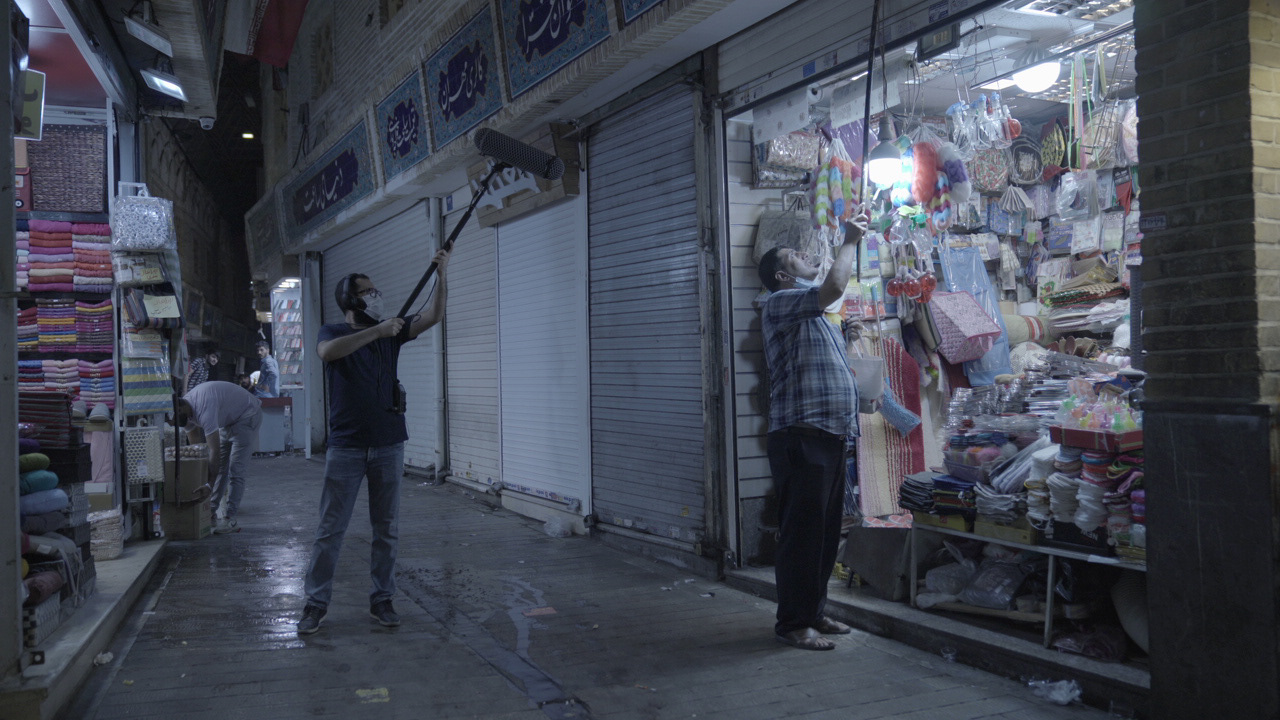
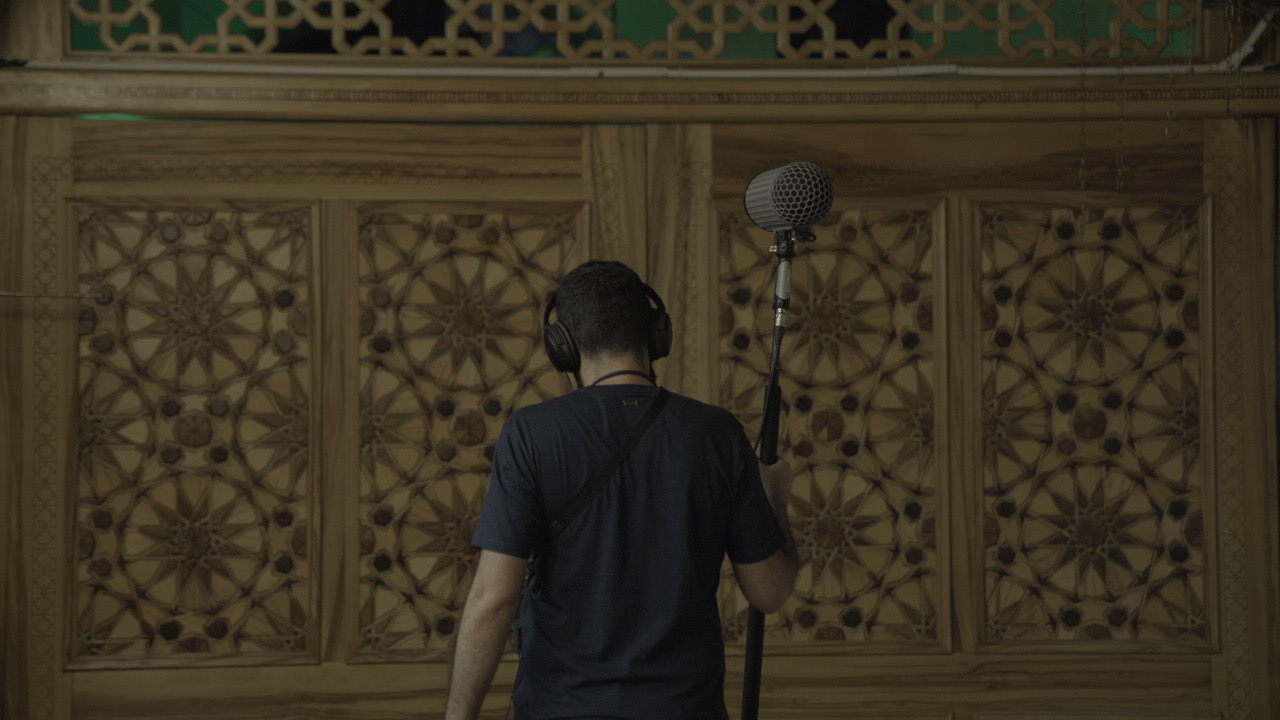
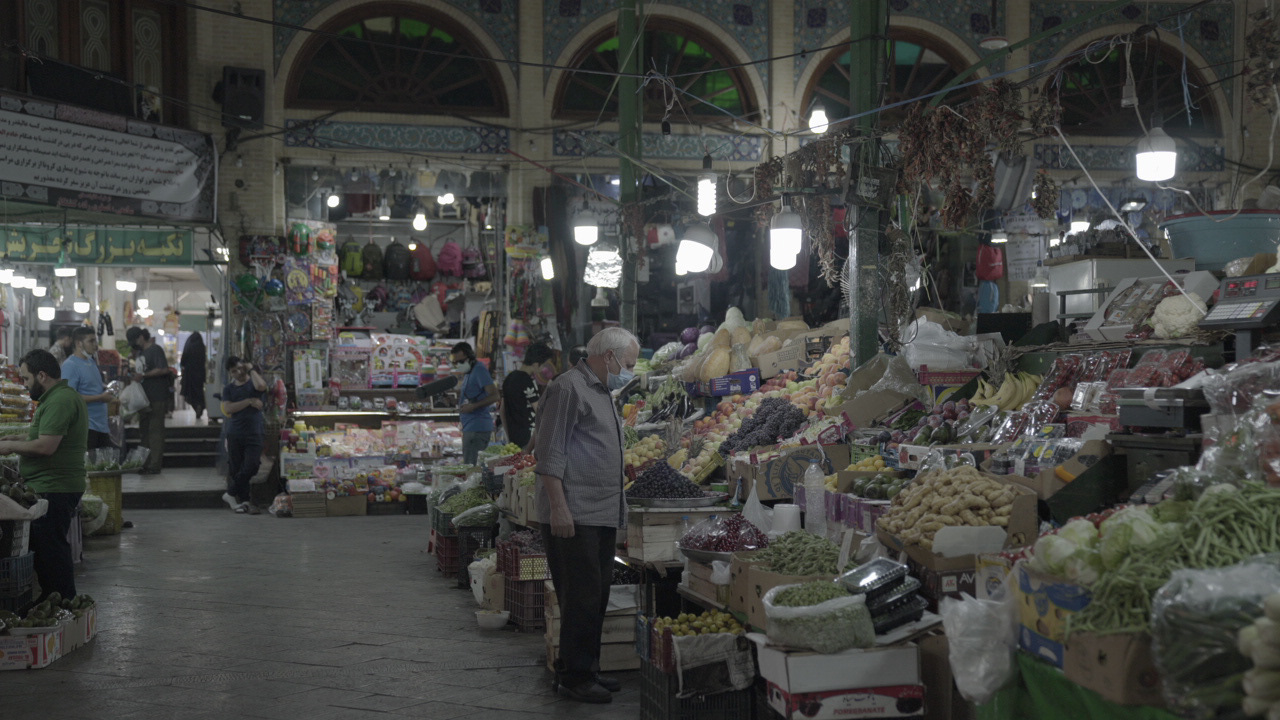
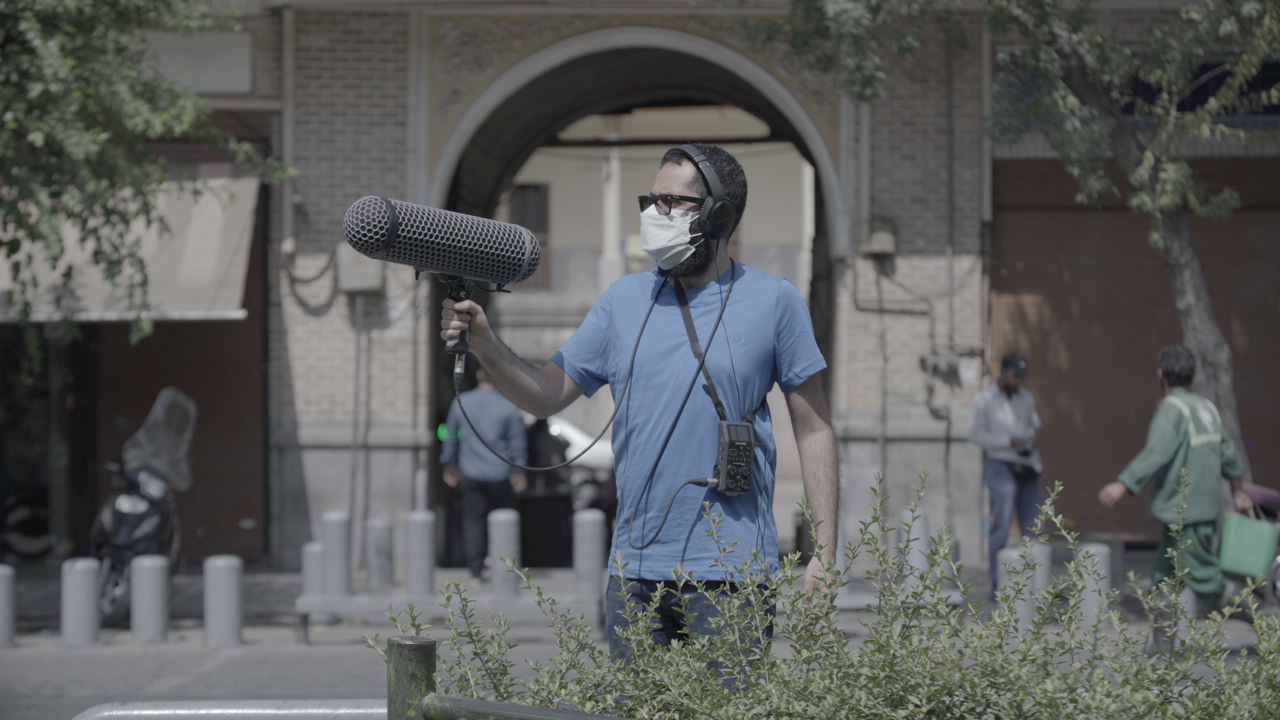
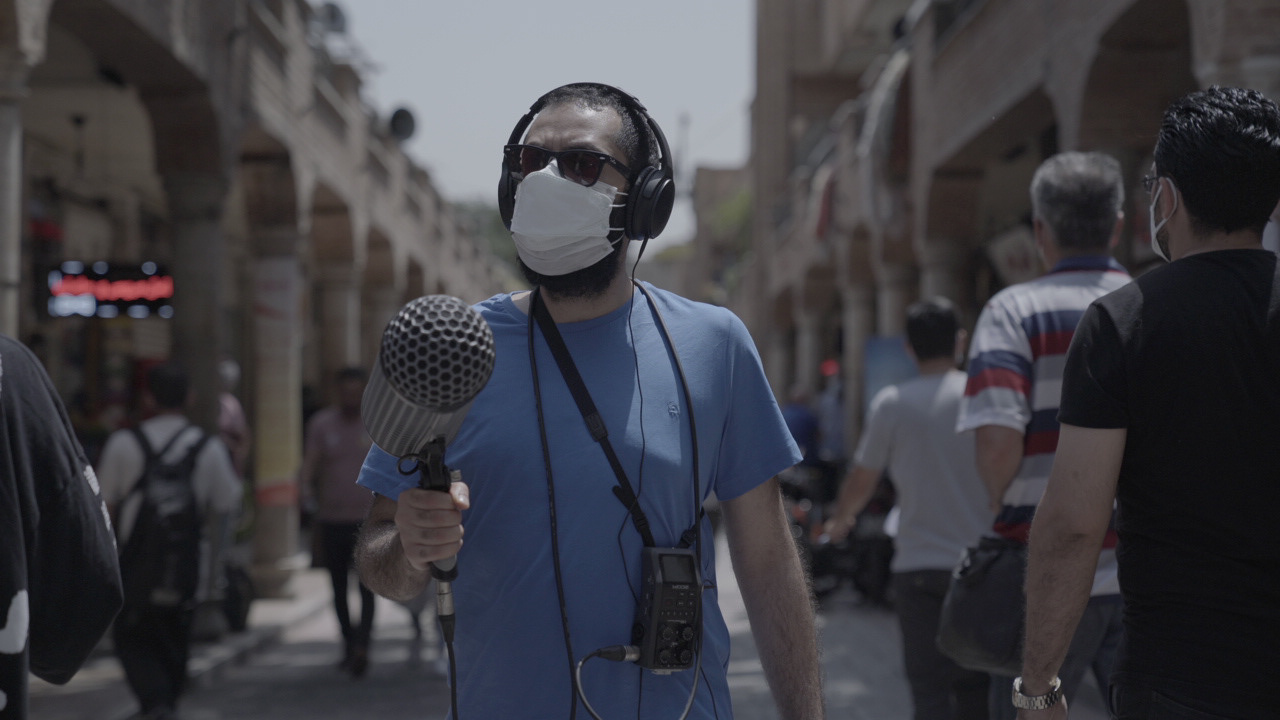
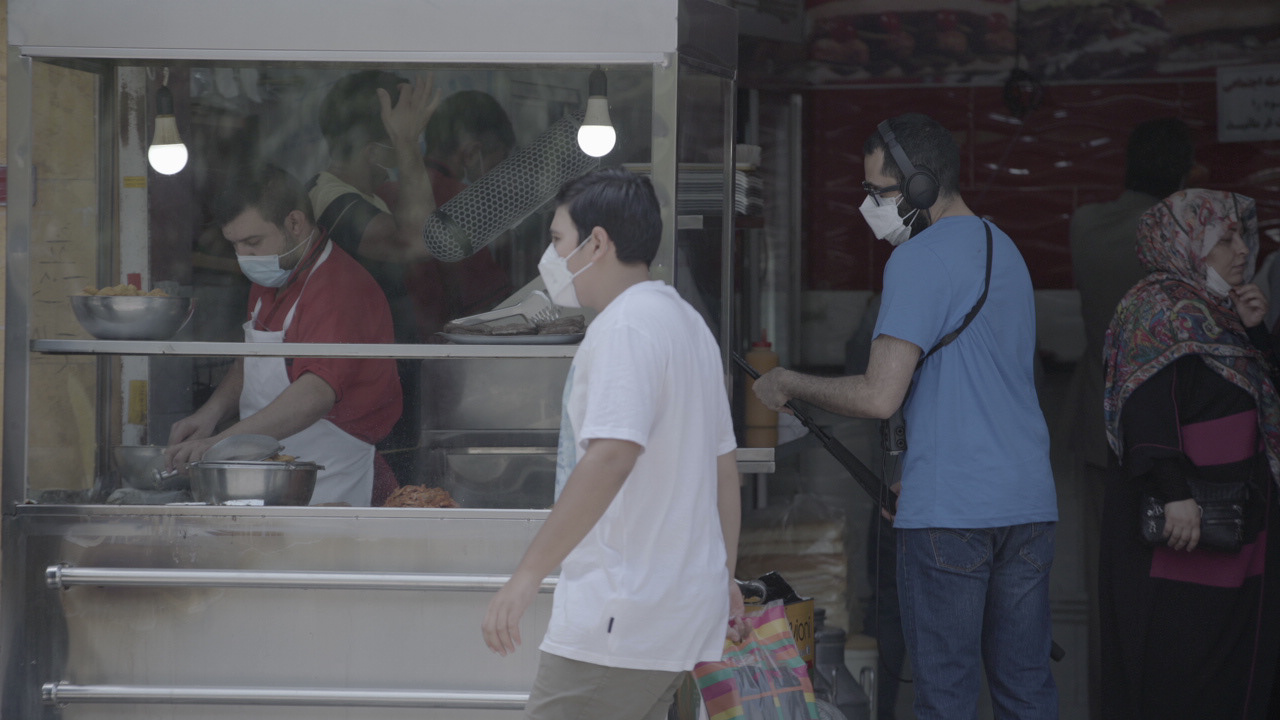

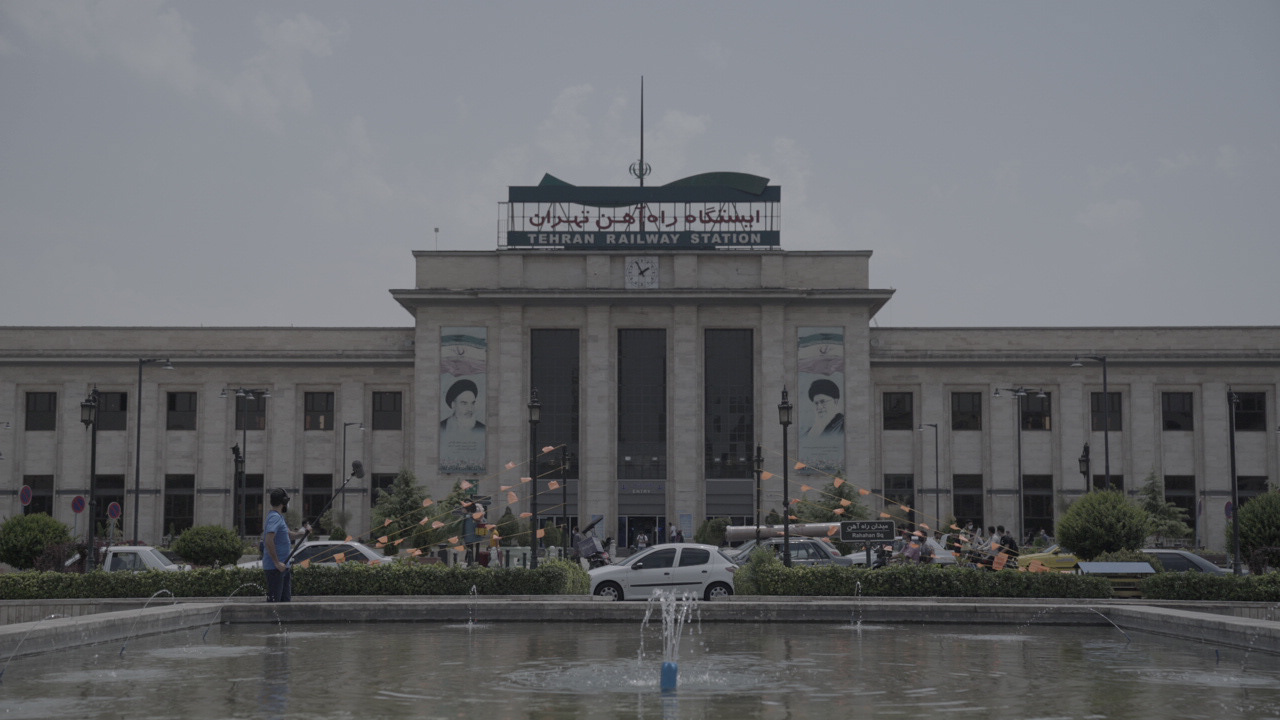

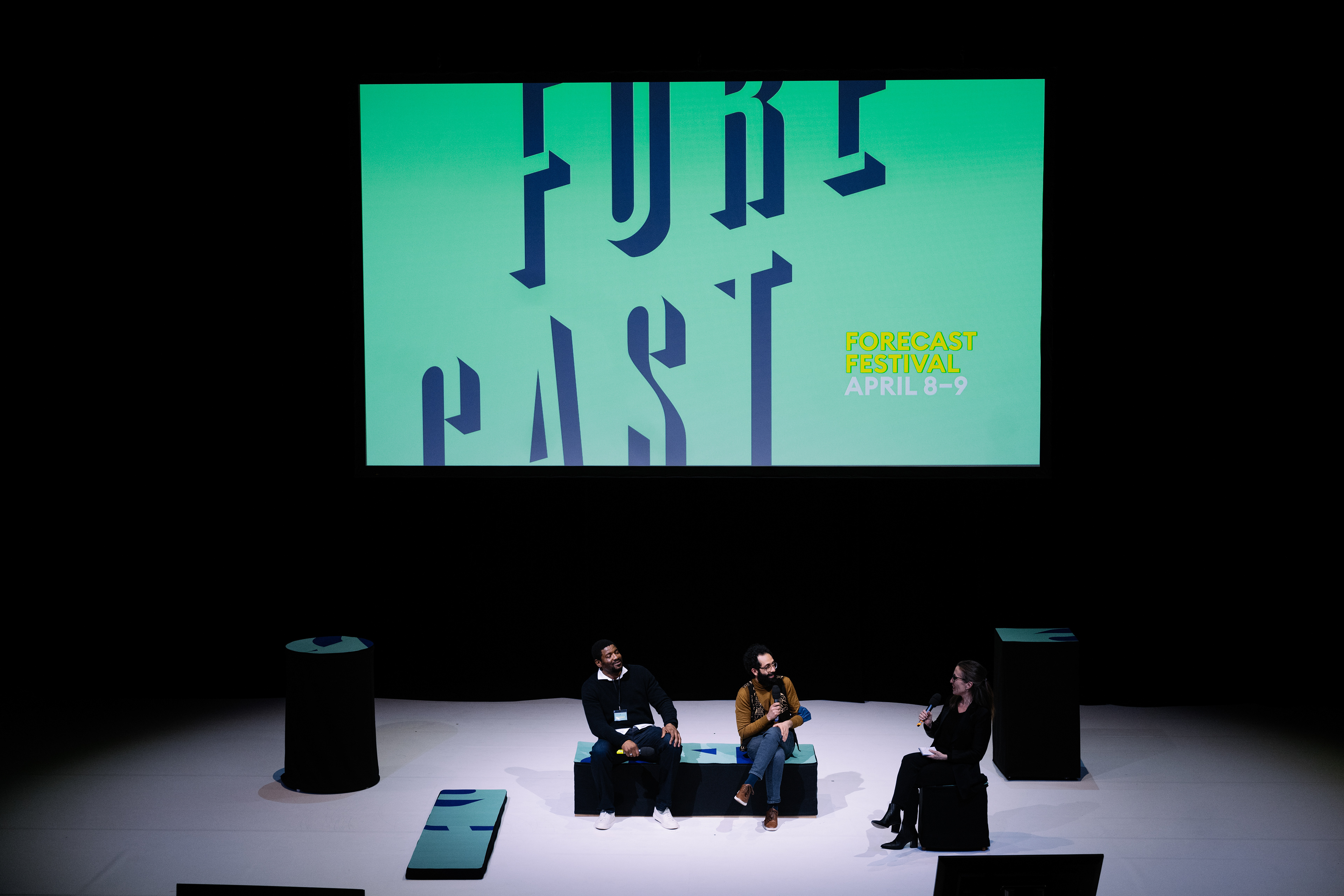
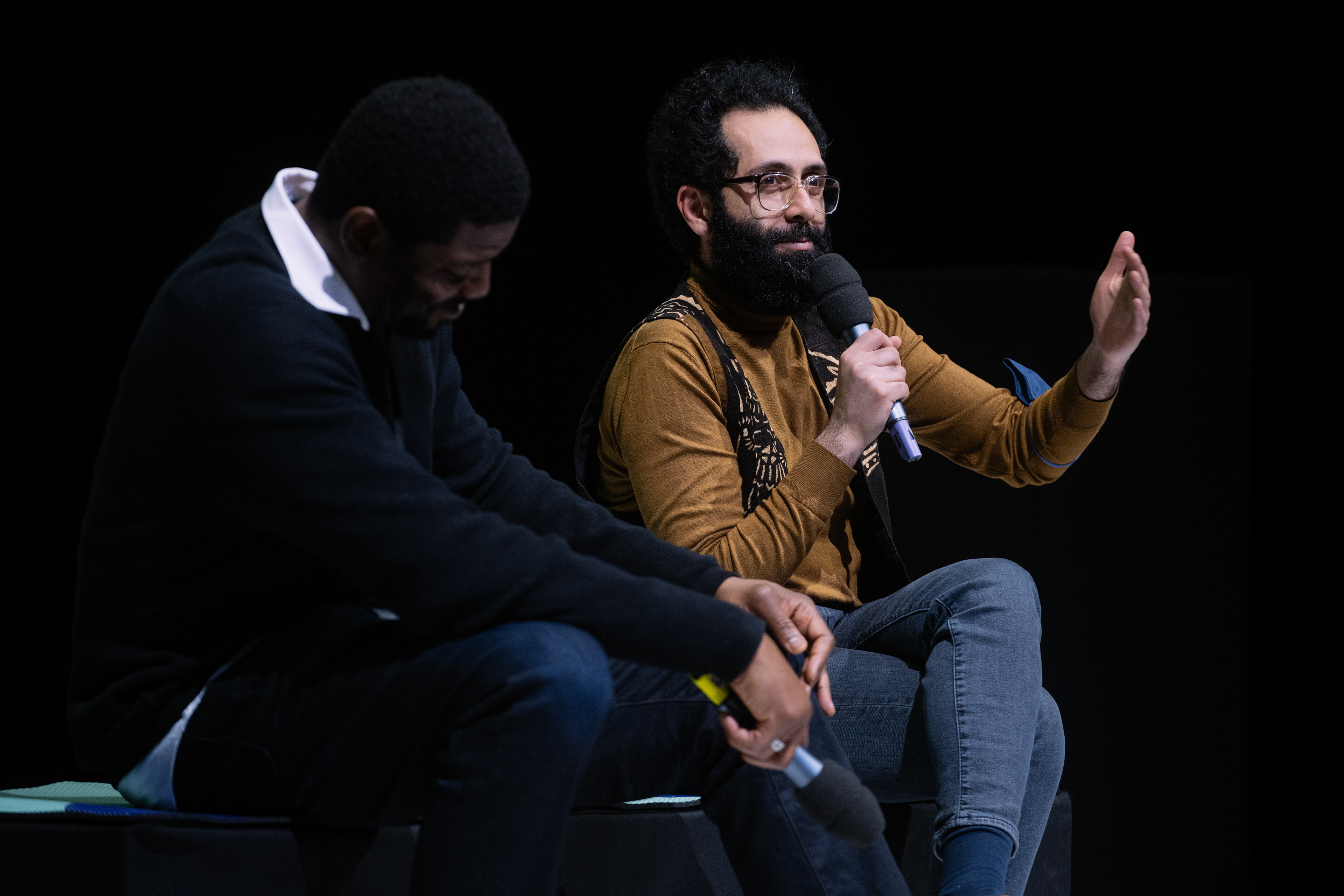
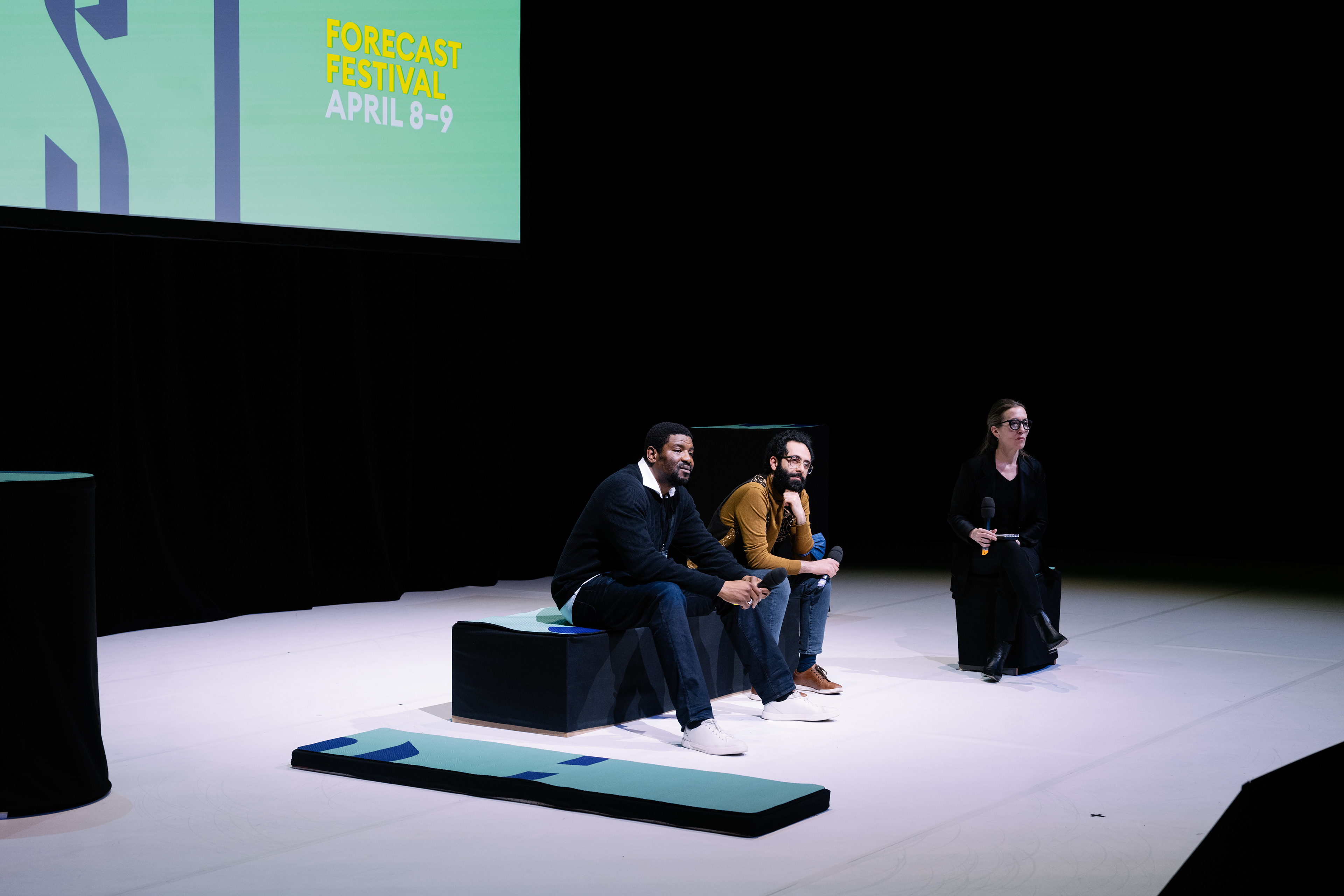
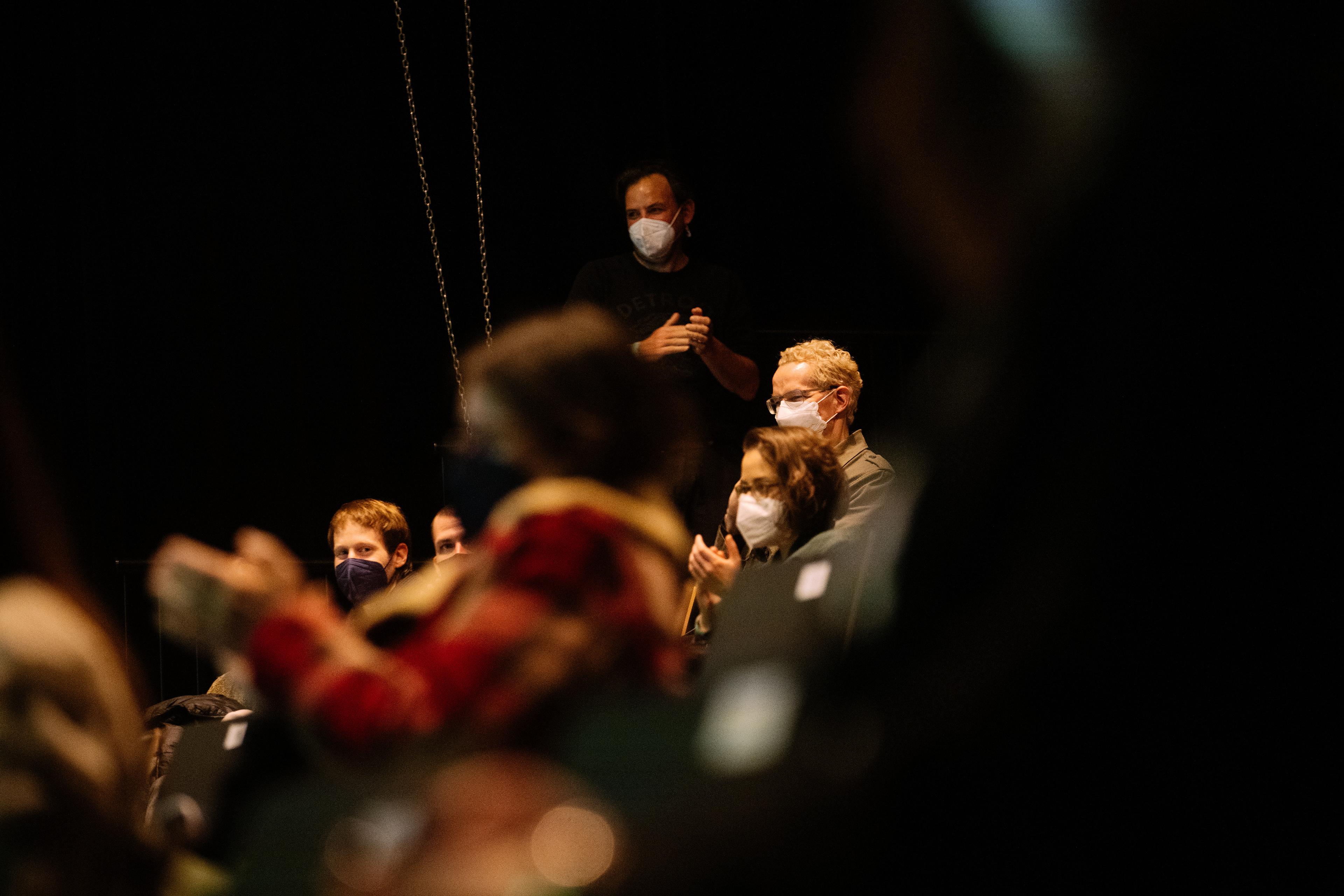
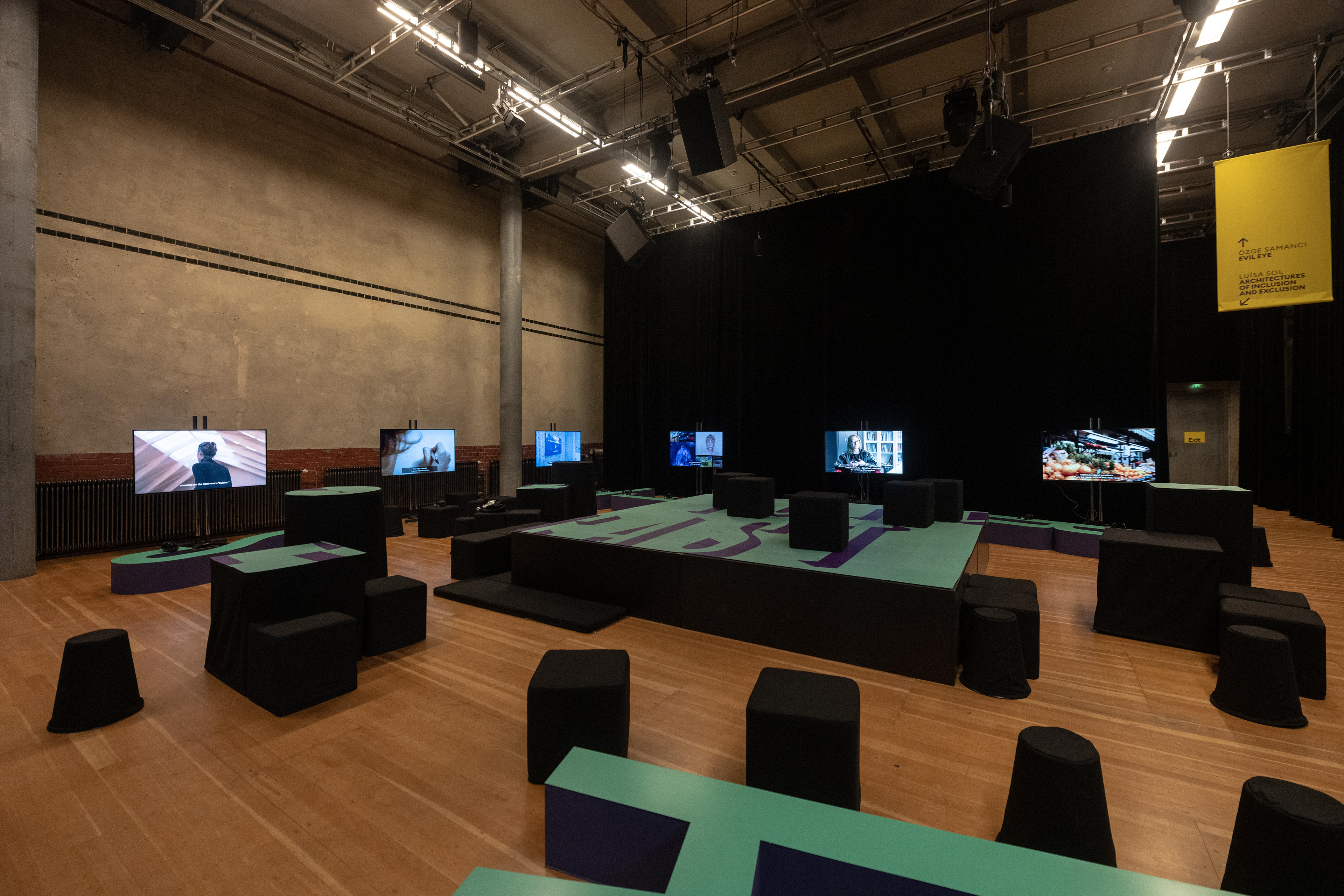
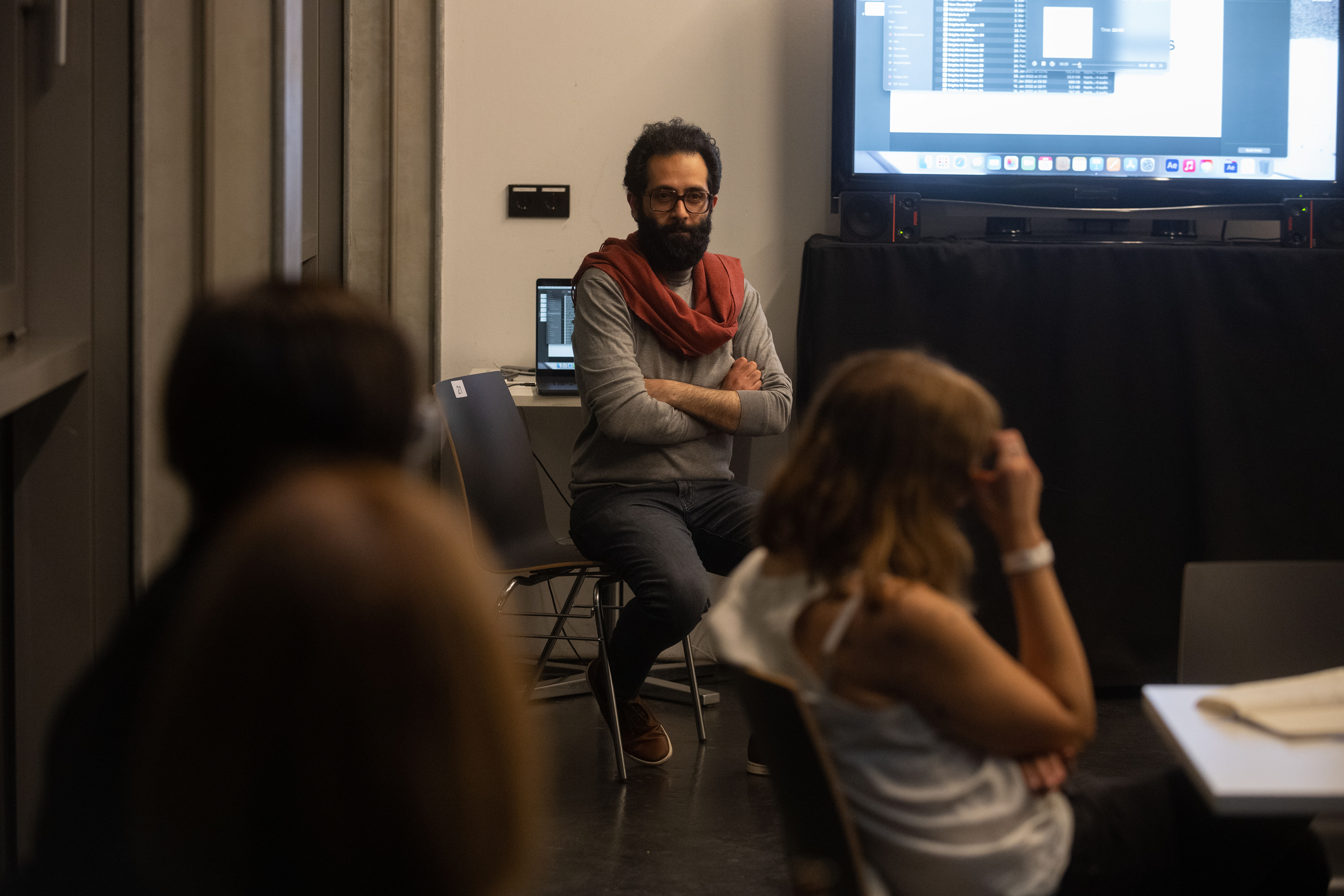
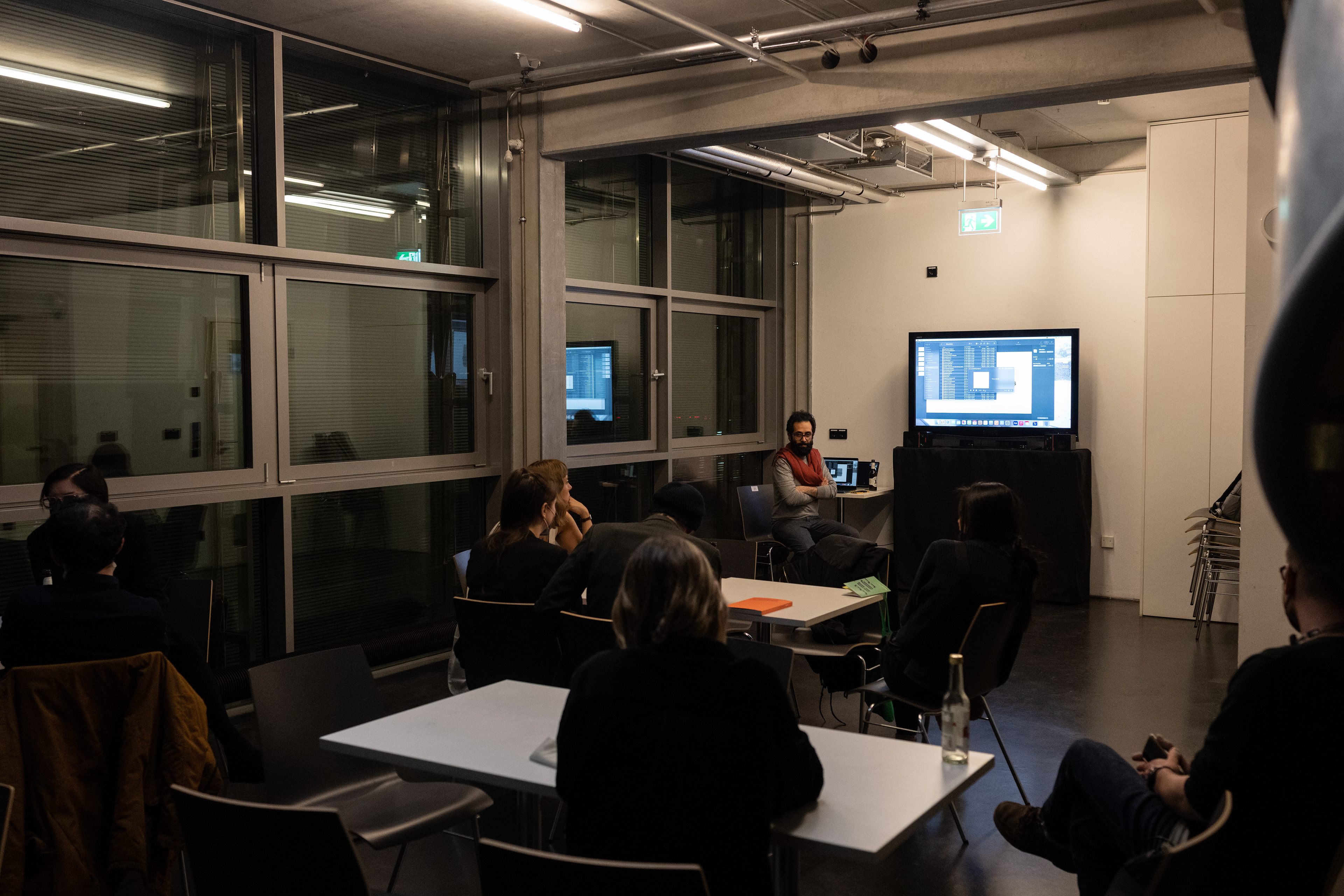
For more information and details please check this presentation on Miro.com: